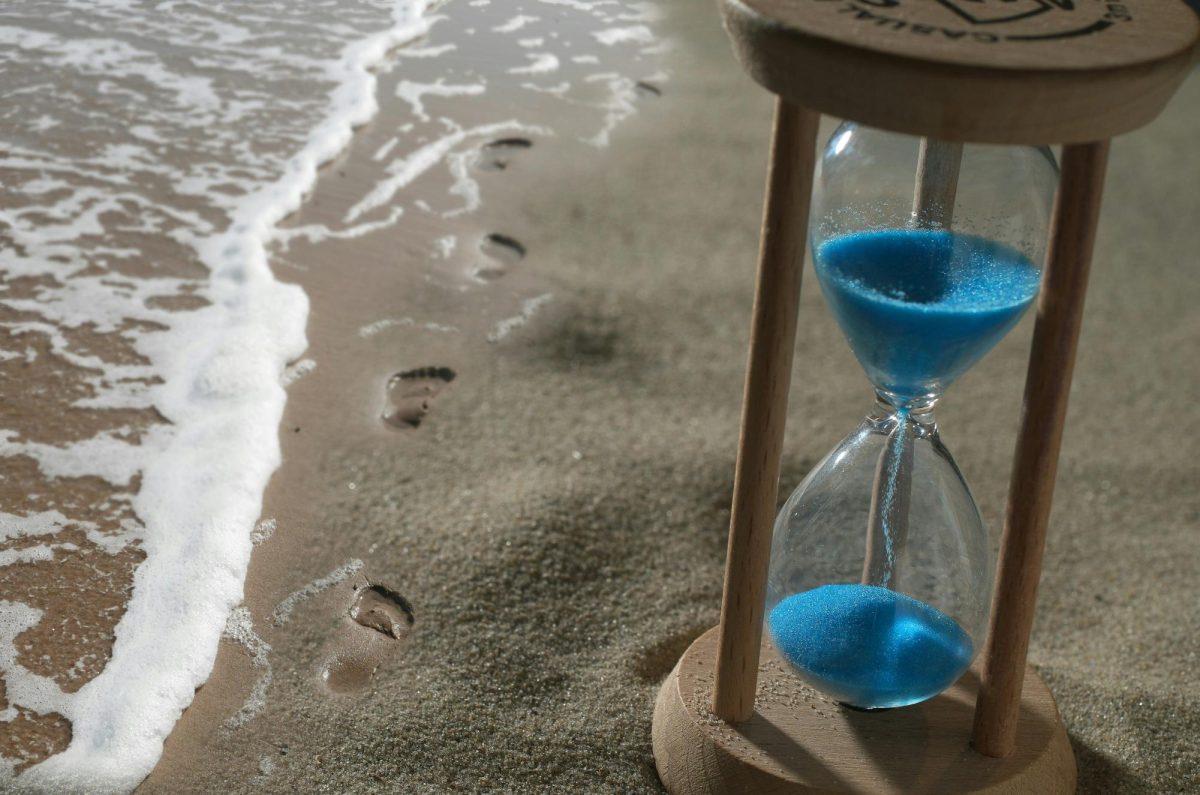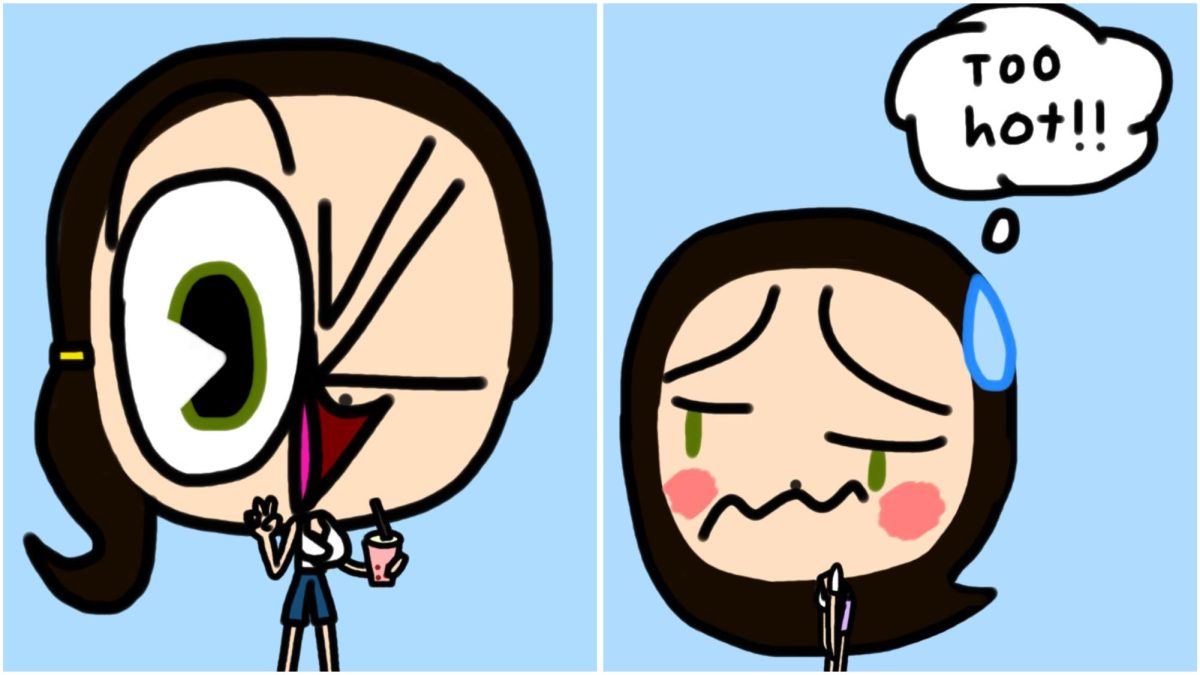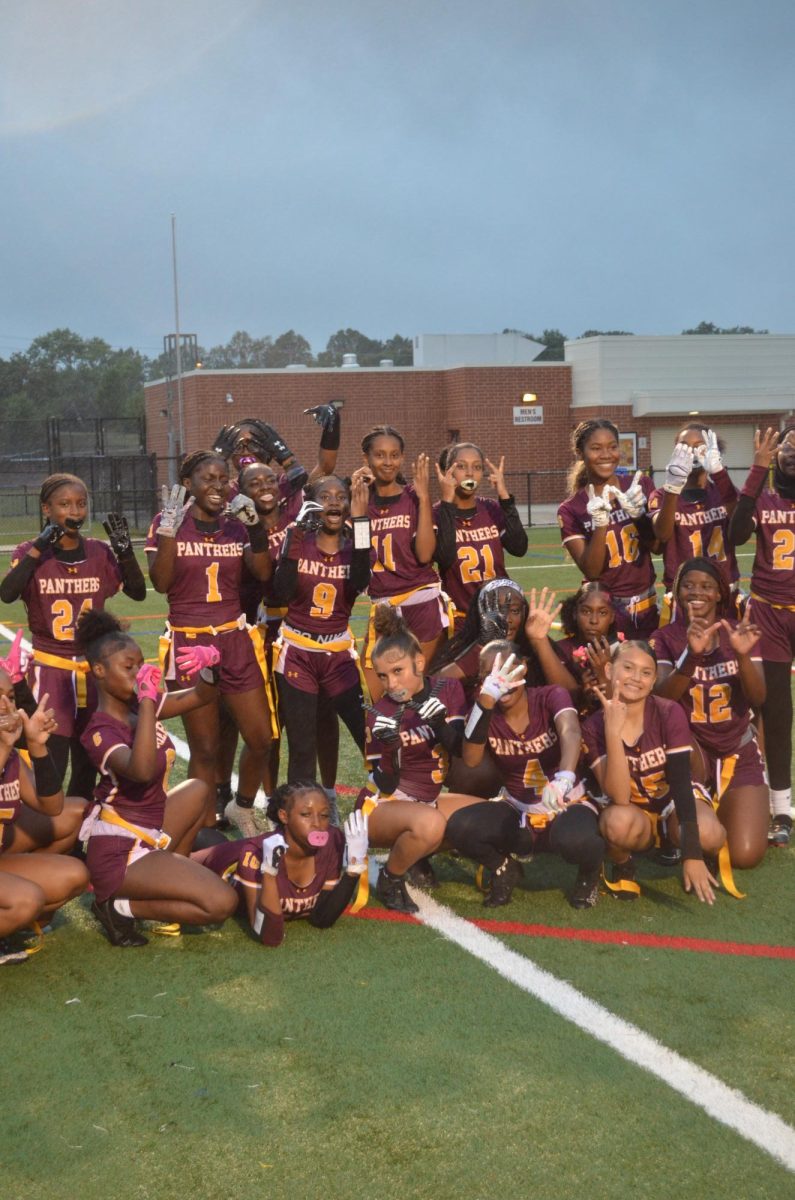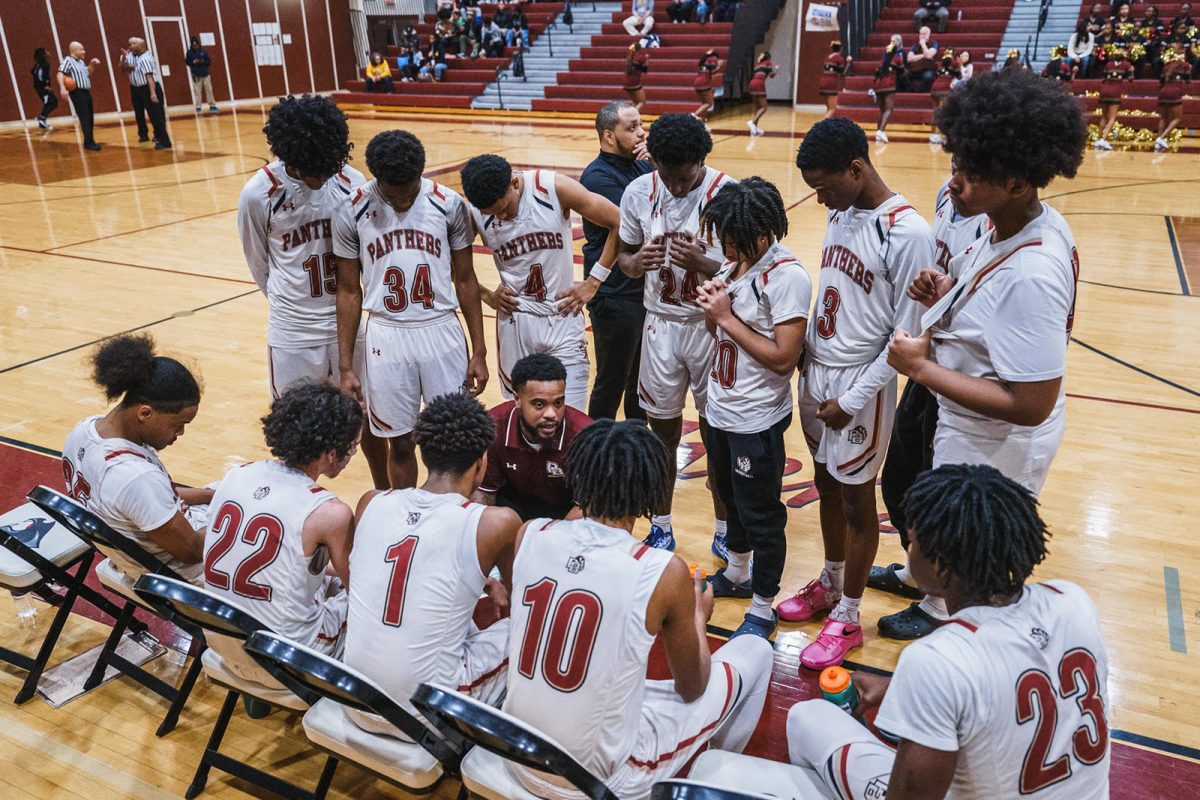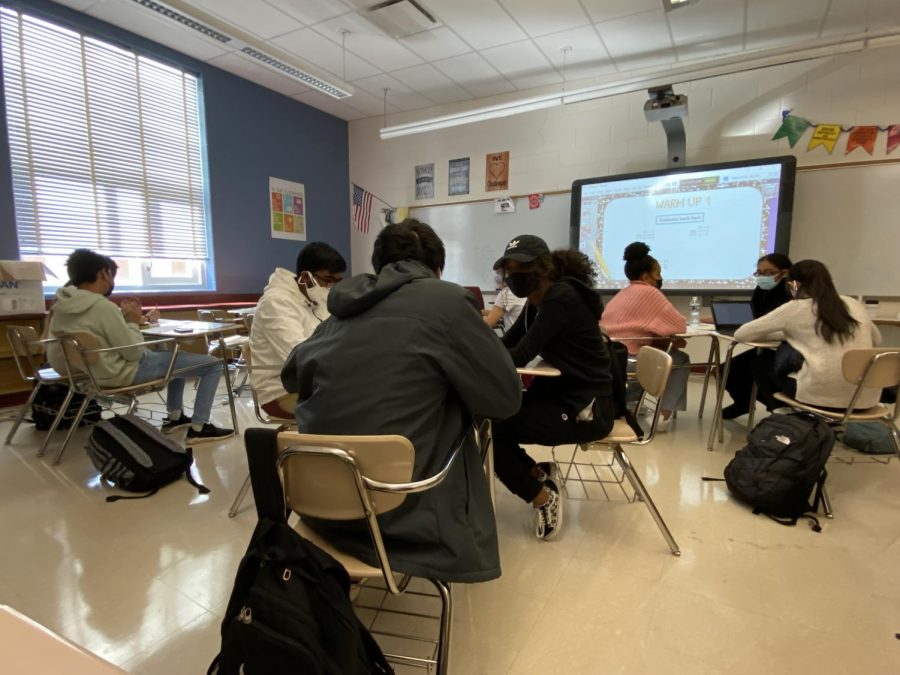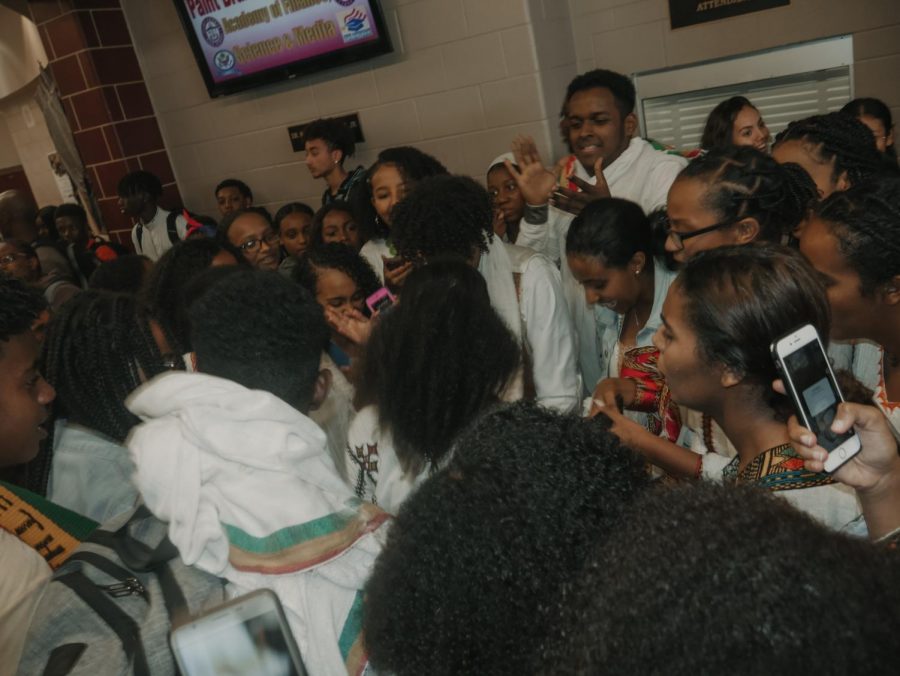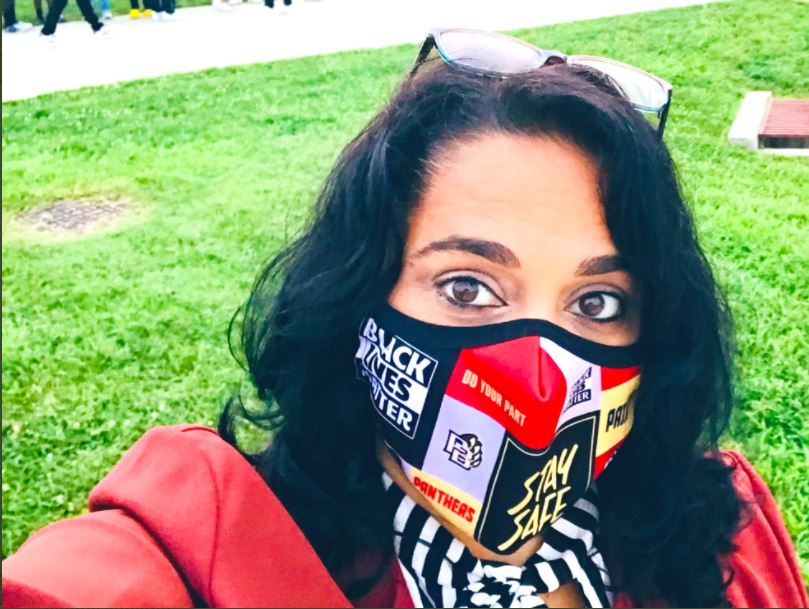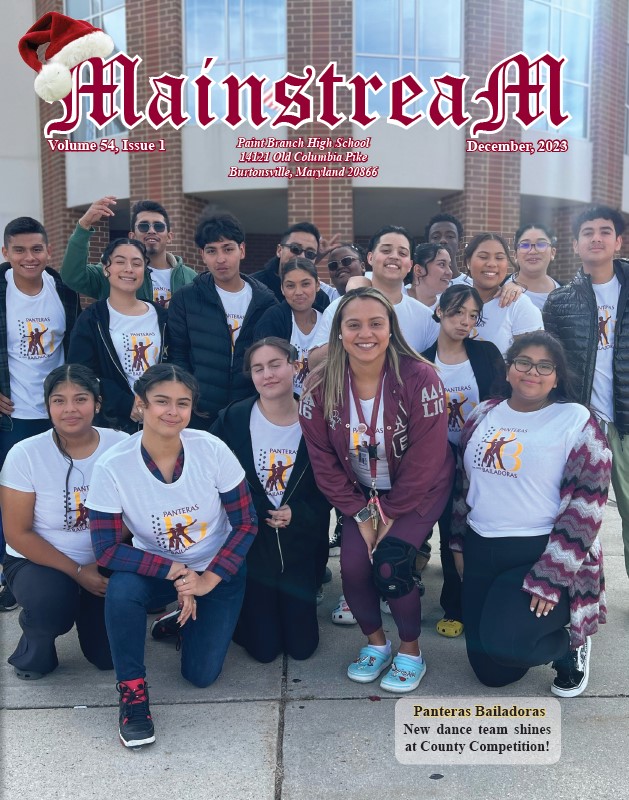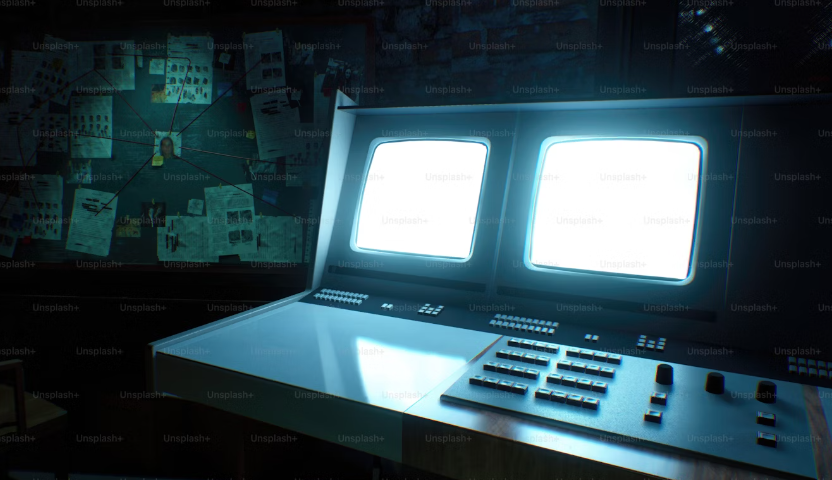Animal Safety in Captivity
April 2, 2018
In recent years there has been an increase in awareness of the conditions faced by animals in captivity. As a result, the nation has responded in kind.
The recent outcry over animal rights spiked in 2013 with the production of Blackfish, the documentary that exposed Sea World for their treatment of Tilikum, a killer whale. Since then, animal activists have continued advocating for the freedom of animals in zoos and aquariums and protesting for their release.
Although abusive zoos and aquariums exist, the most logical course of action would be to deal with the issue on a case by case basis and correct abusive situations and eliminate the abusive zoos and aquariums. However, closing all zoos and aquariums is not the right call, because many of them are educational, research centers that protect animals. Ultimately, the goal for animal rights advocates should be to eliminate the problem areas and improve conditions for all animals held in captivity.
It is important that reserves are acknowledged and compared to zoos and aquariums that keep animals in captivity.
Animal activist groups, the most famous being PETA (People for the Ethical Treatment of Animals), have not been silent about abuse towards animals in captivity. PETA has a report on their website that allows people to tell PETA their local zoo is abusive and needs to be reported to the federal government. One example of the cases PETA uses to convince people to boycott zoos is the situation with penguins at the Scarborough Life Centre in Britain in 2014. According to The Guardian, the Humboldt penguins are from the coasts of South America and are depressed in the harsh British weather. In PETA’s report they state, “The Humboldt penguins at Scarborough Sea Life Centre have been prescribed antidepressants because they’re so unhappy.” This is cruel to the penguins because they are being kept in a place with unsustainable living conditions. Animals shouldn’t have to be put on antidepressants because of the unethical treatment humans give them.
On the other side, zoos and aquariums can be extremely beneficial for animals if the centers are responsible and caring. Some centers care for endangered animals and save them from predators, and other centers rescue injured animals in the wild and nurse them back to health. The National Aquarium in Baltimore, Maryland saves the majority of the animals they keep on site, and they participate in programs that rehabilitate injured animals before releasing them back into the wild. The National Aquarium participates in the Loggerhead Head Start Program, a program that aims to save loggerhead turtles from extinction and, according to them “sea turtle hatchlings spend time in aquariums where they can safely grow.” After the turtles are given “a clean bill of health and an extra boost of nutrition, they are released back to the ocean.” When zoos and aquariums work to save animals they are helping the animal’s species and beneficial.
Animal reserves and sanctuaries are more popular among animal rights activists because they rescue injured animals and use them educate to educate others, but they don’t sell or trade animals as zoos do. Sanctuaries also keep animals in cages and tanks, but the animals aren’t forced to breed. Sanctuaries guarantee animal safety while educating people. This fact makes sanctuaries the best solution to the issues between responsible zoos and abusive zoos.



